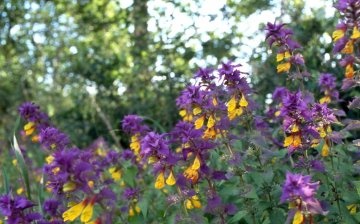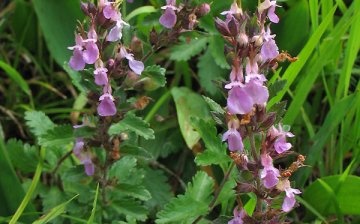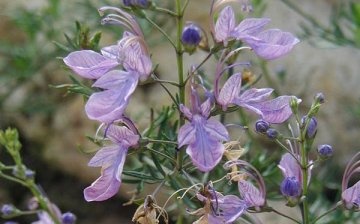Dubrovnik grass in the photo
Dubrovnik is a perennial plant of the lamb family. Treat grasses or shrubs. It grows in eastern and southern Europe, the Caucasus and some African countries. Dubrovnik chooses places illuminated and warmed by the sun - forest edges, light forests, stone slopes and thickets of bushes. Russians can see such a plant as Dubrovnik grass in the photo only, of course, if you are not a traveler.
Dubrovnik is grown as an ornamental plant on alpine hills. It is not whimsical to the soil, it multiplies easily, hibernates without shelter, and is almost not affected by insects and pests. The flowering period is quite long, from mid to late summer.
It is sometimes used as a spice for food. Dubrovnik is a melliferous plant.
Possesses medicinal properties. In folk medicine it is used as a good remedy for diseases of the intestines and stomach, gall bladder, bronchitis, gout. Perfectly stimulates the appearance of appetite. Also used as a hemostatic agent, disinfectant.
Recommended as a diuretic, laxative, diaphoretic, for various diseases of internal organs. Essential oils are used for aromatherapy, bathing. Perhaps the Dubrovnik grass in the photo also has some kind of healing effect.
The only exception to the use of Dubrovnik is liver disease. But it is better not to use it on your own, and in case of diseases, consult a doctor.
For the preparation of infusions and tinctures, the aerial part of the plant is taken. The herb contains flavonoids, essential oils and vitamin C.









In my opinion, this plant is popularly called Ivan da Marya - for the combination of two flowers on one panicle - purple and yellow.